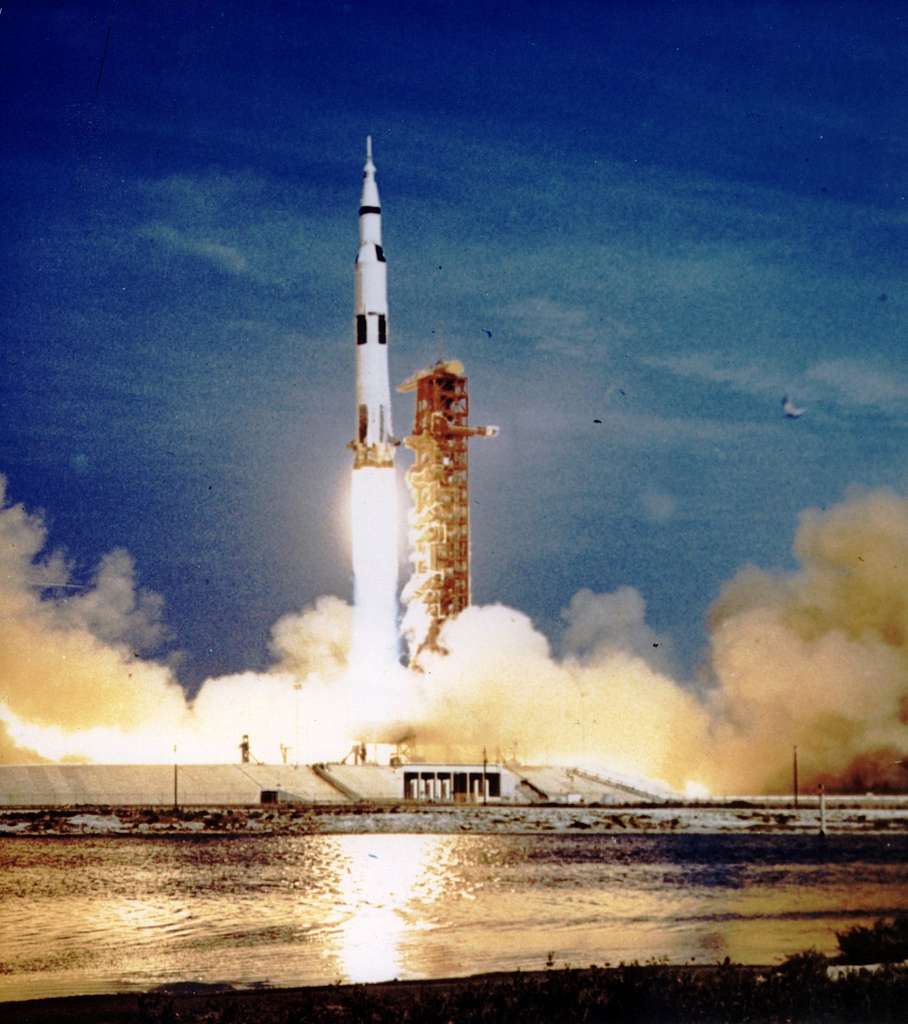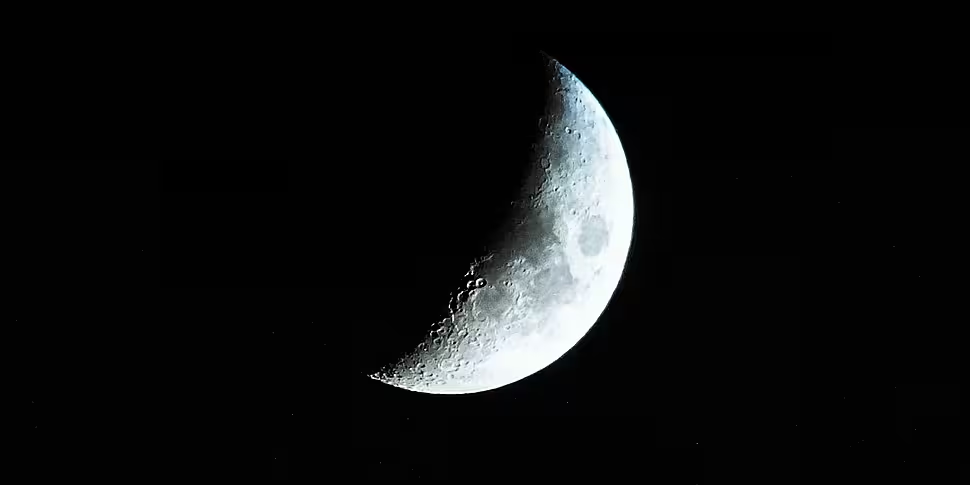NASA is set to build base camps on the south pole of the moon to explore potential travels to Mars, according to Luke O’Neill.
NASA’s newest project Artemis seeks to send people to the moon by the 2030s.
The last human mission to the moon was Apollo 17 in 1972 – meaning it will be over 60 years since a human set foot on the moon by the time the Artemis project begins.
The mission is named after the Greek goddess of the moon and sister to Apollo - who the previous lunar mission was named after.
Martian mission
Trinity Professor Luke O’Neill told The Pat Kenny Show one of the main reasons for the mission to the moon is to get to Mars.
“They're going to build a massive moon base on the south pole of the moon,” he said. “And that moon base literally will be a jump off point to go to Mars.”
Prof O’Neill said “a lot of work has to be done” as a Martian mission carries significant challenges – but he said the plan is a great example of “bravery” from NASA.
“New technologies will emerge – there all kinds of spin-offs they hope will come from [going to the moon].”
 Apollo 11, 1969. Image via Creative Commons Licence
Apollo 11, 1969. Image via Creative Commons LicenceOne giant step for womankind
Prof O’Neill said NASA will select four astronauts to travel “around the moon” to collect photographs before sending another mission to land on the moon – including a woman.
Since 1969, 12 people have walked on the moon, all of which are men.
Prof O’Neill said NASA will have a panel of 22 astronauts to choose from when missions begin, four of which have already been selected for the first mission.
The dark side of the moon
The first Artemis mission will see astronauts travel 30,000 miles away from the earth – the furthest any person has ever travelled in space.
Prof O’Neill said the mission aims to test the risk of radiation exposure and damage from travelling into “deep space”.
This mission will also allow NASA to capture more images of the far side of the moon.
“Image technology has massively advanced,” Prof O'Neill said. “So we should get very high-resolution images of the dark side and map it very carefully.”
NASA is working with the European, Japanese and Canadian space agencies to accomplish these missions.









